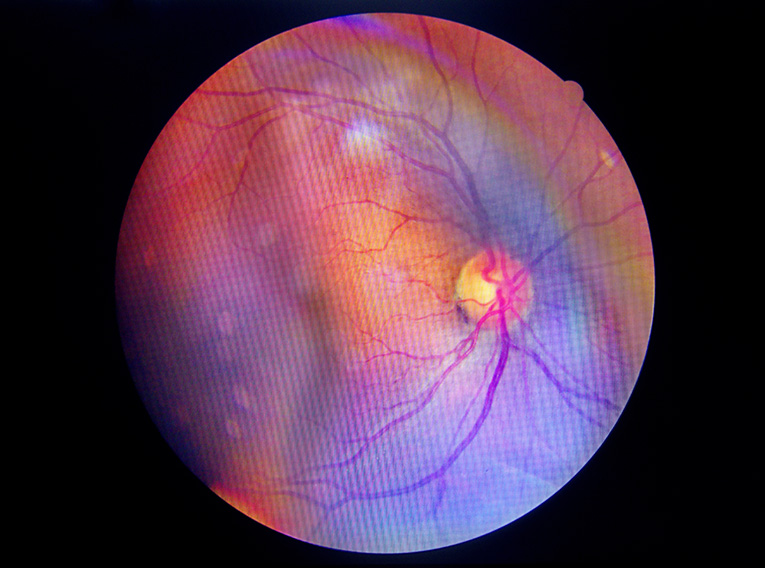The project Harmonisation of Western Australia multi-site optical coherence tomography angiography (OCTA) datasets for new biomarker discovery and application in diabetic retinopathy, funded by Diabetes Research WA, aims to introduce and validate a data analysis framework so datasets from multiple clinics in Western Australia can be combined and analysed to identify more sensitive biomarkers of diabetic retinopathy.
The Research Team
The project is led by Dr Danka Sampson from Lions Eye Institute and the University of Western Australia and supported by co-investigators A/Prof. Fred Chen (Lions Eye Institute), A/Prof. Angus Turner (Lions Outback Vision), Dr Jeremiah Lim (University of Western Australia) and Dr Mark Chia (University College London).
In Australia, diabetes affects more than 1.7 million (1 in 20). In Western Australia alone, there are more than 128,000 people now diagnosed with diabetes. For every person diagnosed, it is estimated that there is another person who has diabetes but does not know it yet.
What is Diabetic Retinopathy?
Diabetic retinopathy (DR) is a serious eye problem that can develop in people with diabetes. DR can damage the microvasculature (the smallest vessels in the internal layer of the eye) even before people experience a decline in their vision. The early detection of vessel damage can prevent severe vision loss. However, there is a lack of sensitive diagnostic tools and biomarkers (medical signs of disease) to detect the early onset of microvascular damage.
Creating Big OCTA Data sets
Optical coherence tomography angiography (OCTA) has been increasingly used to diagnose eye diseases as a safe and quick test for assessing the eye’s smallest blood vessels. Compared to other instruments in the eye clinic, OCTA images the blood vessels non-invasively and with high resolution. The technique is gaining momentum in the standard of care.
Critical barriers to widespread usage include the lack of a large normative dataset of OCTA parameters. Big datasets can be achieved by combining data from multiple clinics. However, this is not a trivial task due to non-biological variations introduced during data collection across multiple sites and differences in OCTA cameras.
To reduce variability, this study will first develop and validate a data analysis framework to harmonise OCTA datasets collected at different Western Australian clinics. The harmonised datasets will be used to generate preliminary data on OCTA-derived microvascular biomarkers in DR in Western Australians. This will enable the study, prevention, treatment and monitoring of this common eye disease.

